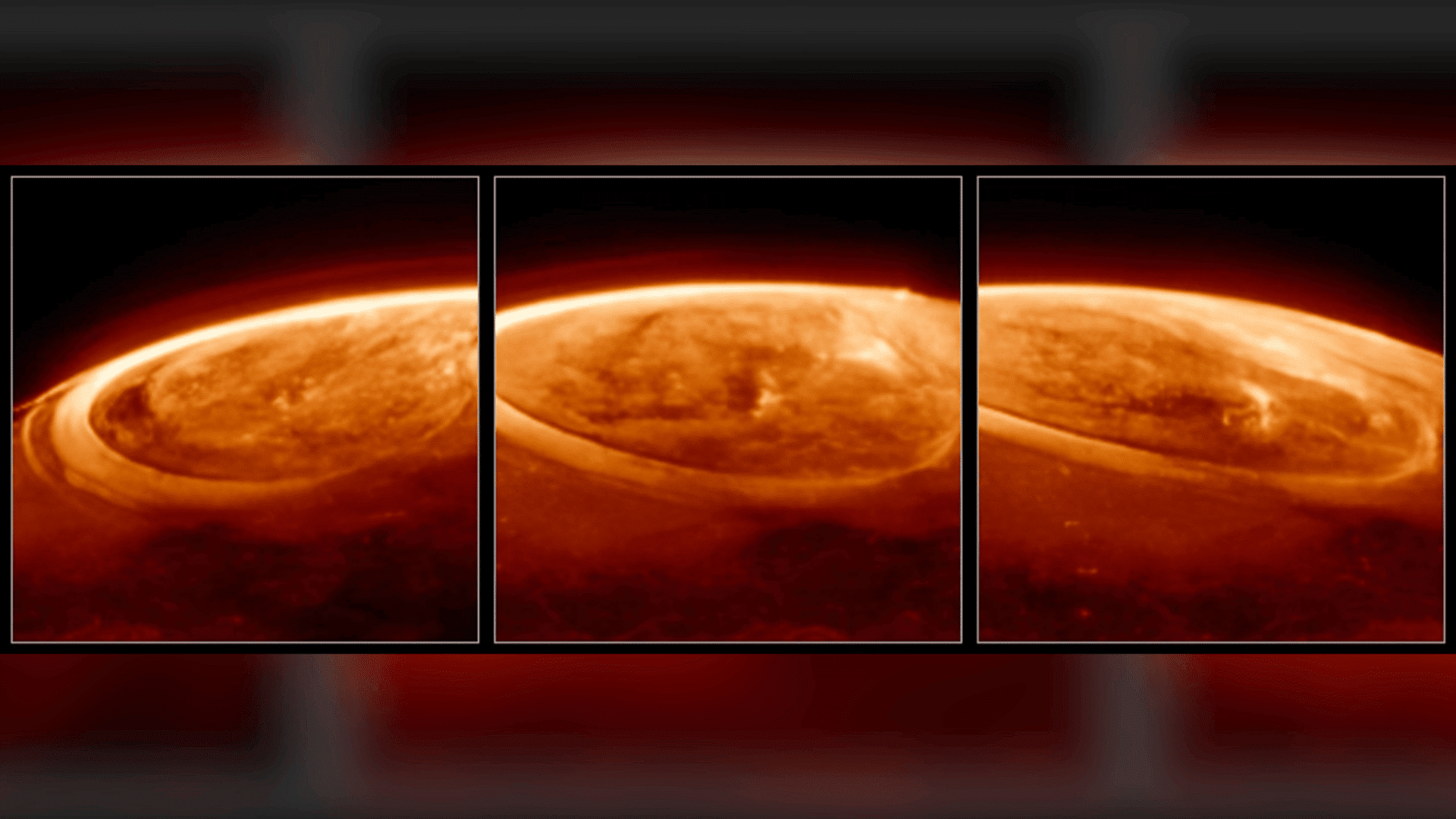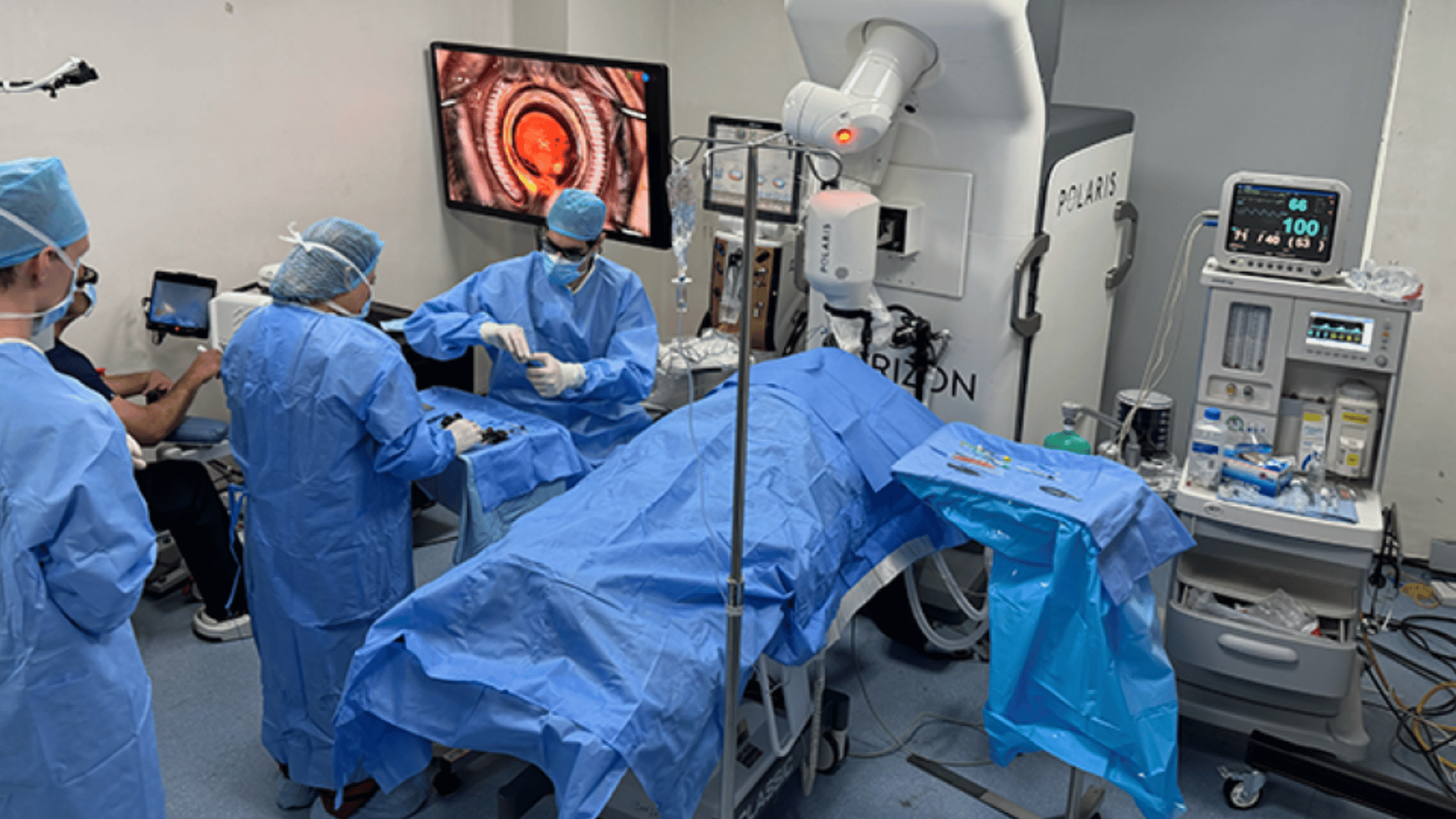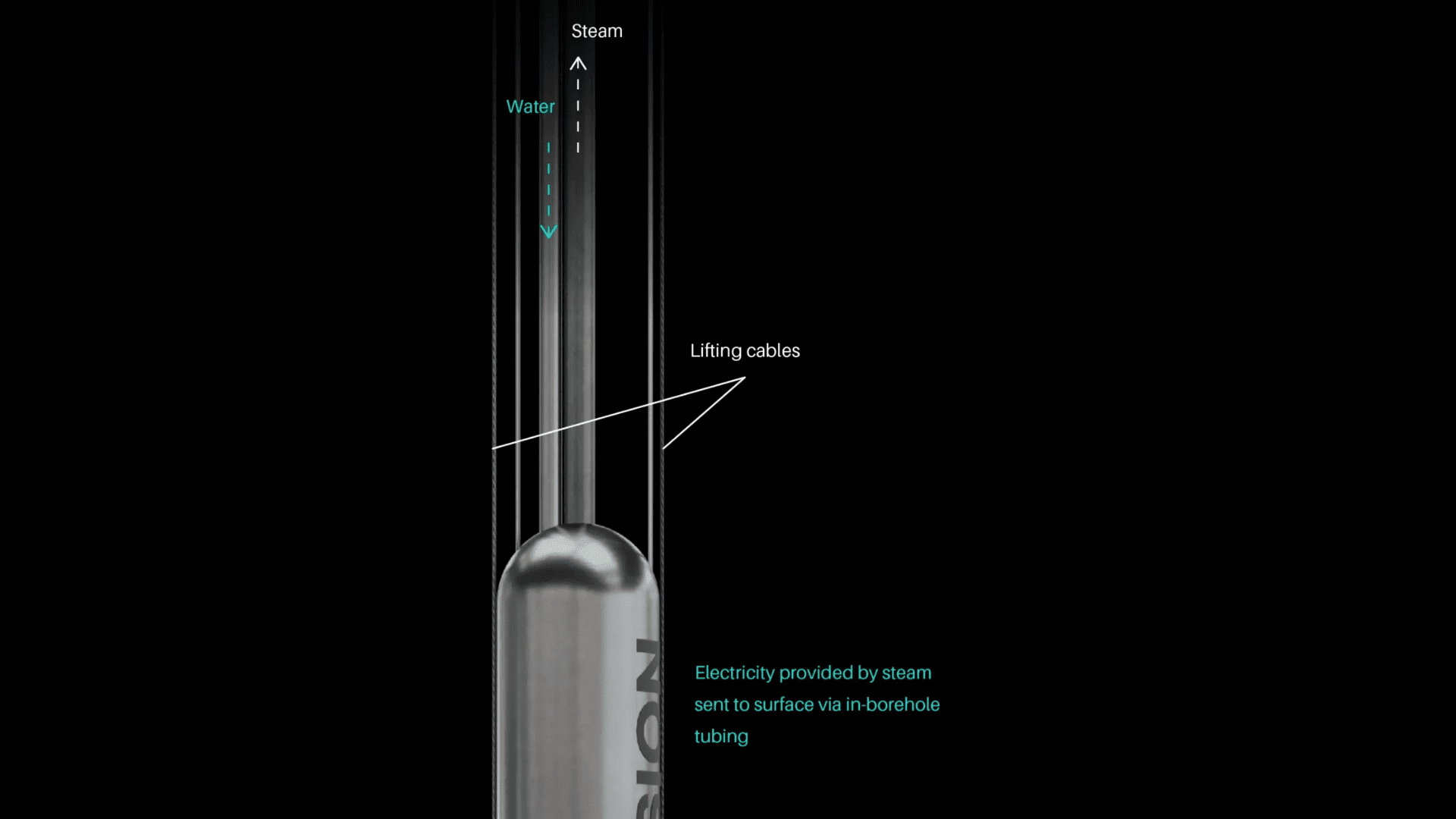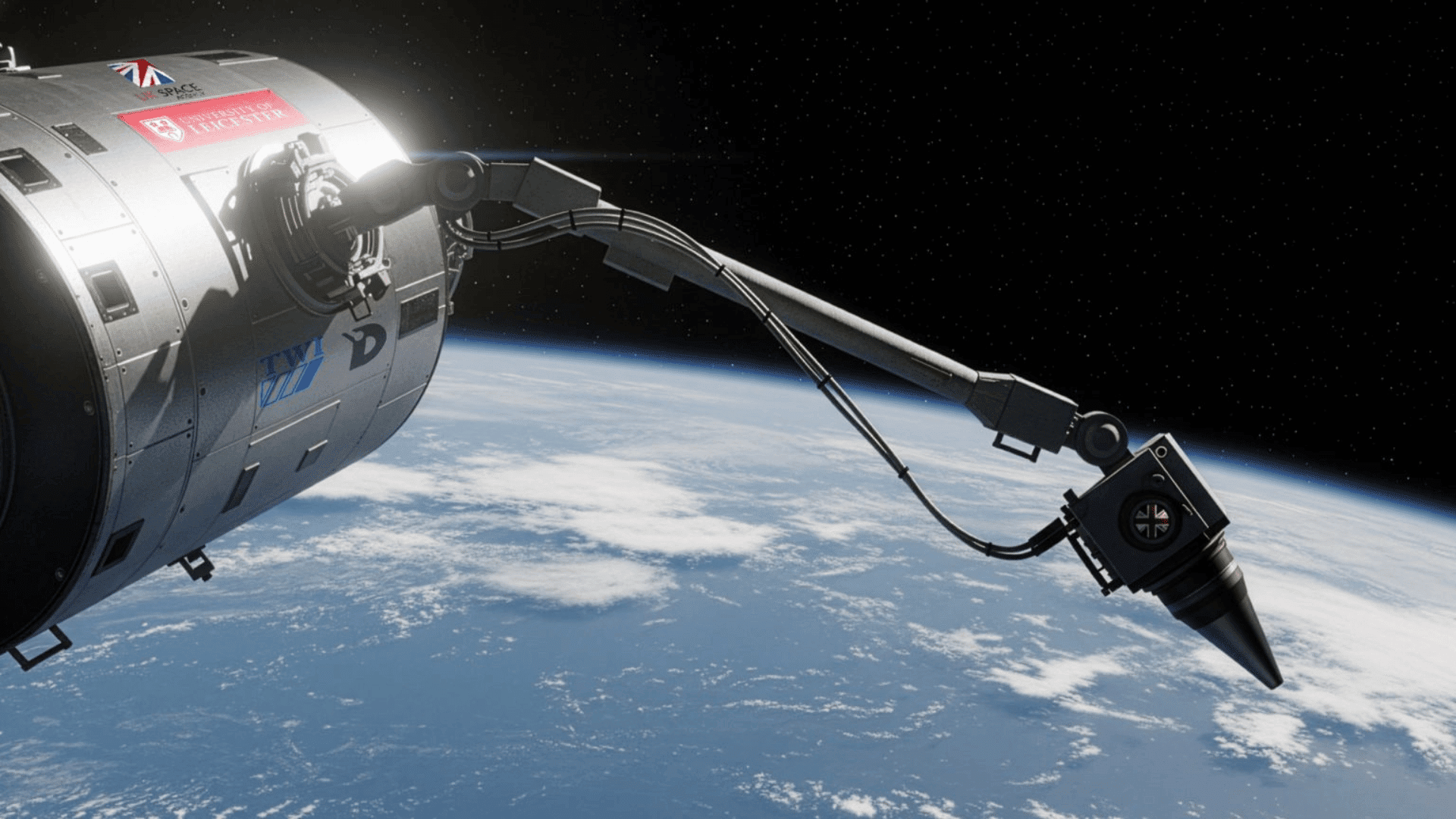New images from the James Webb Space Telescope reveal that Jupiter’s auroras are hundreds of times brighter than those seen on Earth.
Jupiter’s Auroras

According to NBC News, the striking phenomenon takes place when high-energy particles from space collide with atoms of gas in the atmosphere near Jupiter’s magnetic poles, similar to Earth’s Northern and Southern lights. Earth’s auroras are caused by solar storms or when charged particles from the sun fall on the upper atmosphere and energize gases, causing them to shine in shades of purple, red, or green.
The strong magnetic field on Jupiter, however, causes the lights to be even brighter because it captures particles flung into space from large volcanoes on its moon lo. The volcanoes emit particles that escape the moon’s gravity and orbit Jupiter, where they’re captured by the planet’s magnetic field and accelerated at high speeds – causing the gas to glow.
The latest observations of the solar system’s largest planet were taken at a wavelength of 3.36 microns (F335M) with Webb’s NIRCam (Near-Infrared Camera). Findings showed that the emission from trihydrogen cation, known as H3+, is far more variable than previously believed.
Webb’s advanced sensitivity has allowed astronomers to study the phenomena to better understand Jupiter’s magnetosphere. The results of the new study were published in the journal Nature Communications.
“What made these observations even more special is that we also took pictures simultaneously in the ultraviolet with NASA’s Hubble Space Telescope,” stated Jonathan Nichols, from the University of Leicester in the United Kingdom, who led the team of scientists that captured the new data. “Bizarrely, the brightest light observed by Webb had no real counterpart in Hubble’s pictures. This has left us scratching our heads. In order to cause the combination of brightness seen by both Webb and Hubble, we need to have a combination of high quantities of very low-energy particles hitting the atmosphere, which was previously thought to be impossible. We still don’t understand how this happens.”
The team now plans to compare the data between the Webb and Hubble to explore the broader implications for Jupiter’s atmosphere and environment.







